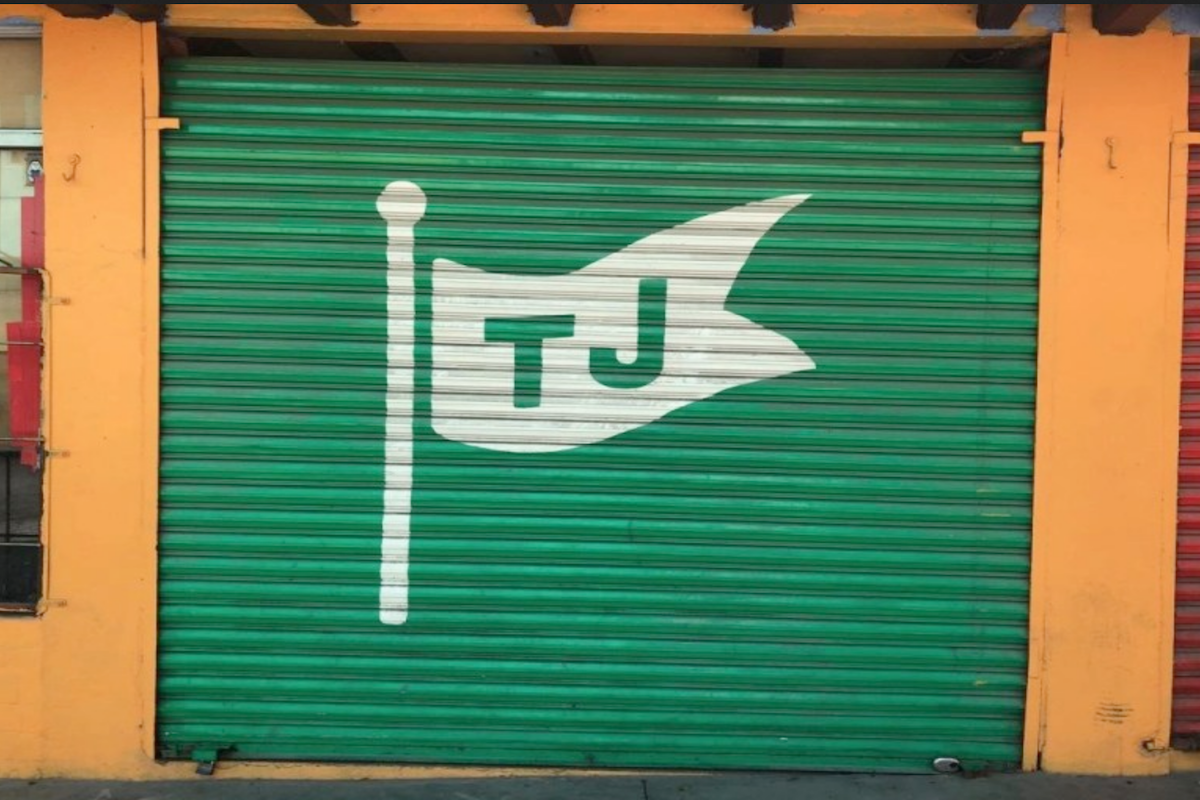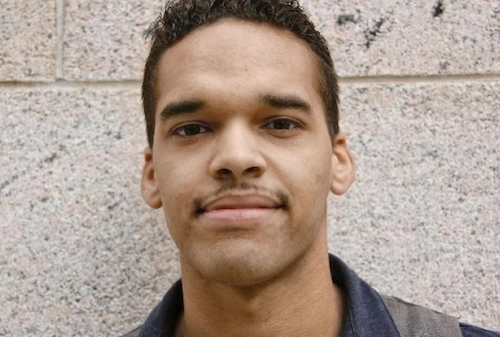

(Photo provide by Amín E. Fernández)
By Amín E. Fernández
Prior to this year, I had never been on a college spring break trip. I had never experienced the stereotypical American “Cancún trip” full of debauchery, innocent fun and the fantasy MTV sold me in the early 2000s. Part of this was due to financial considerations, the other part was that I always had some kind of commitment whenever this season came upon me. This year, I finally got to go on a spring break trip with some of my law school peers. But the Mexico I saw was far from a carefree oasis for the inebriated and the carefree.
This past March, I along with my Asylum clinic professor and four New York Law School classmates volunteered in Tijuana for a week at an organization called Al Otro Lado, Spanish for “On the Other Side.” Al Otro Lado (AOL) is a not-for-profit organization run almost exclusively by volunteers. AOL provides free legal and medical services to migrants both in Tijuana and San Diego and is currently in the process of suing the U.S. government for its recently adopted border policies. It is composed of volunteers from all walks of life. Some are attorneys, others are doctors or nurse practitioners. Most, though, are concerned U.S. citizens who wanted to see for themselves the humanitarian crisis occurring in our country. They come from all walks of life, ages, races and socioeconomic backgrounds. But for that week, our collective problems and biases were set aside due to the more pressing concerns facing the people we were seeking to assist.
During my week of volunteering, my classmates and I utilized our studies in immigration and asylum law to educate asylum seekers as to the process that awaits them. I met with over a dozen migrants one-on-one and heard their stories of plight and fear. I didn’t tell them what to say, instead I explained to them that asylum is a narrowly applied form of relief. That in order to be granted asylum in the U.S. that they had to essentially prove that
- They have suffered a harm or credible fear of harm.
- This fear or harm is based on an immutable trait (such as race, religion, nationality, political opinion or membership to a particular social group)
- They cannot relocate to another area of their country because their government either cannot or refuses to help them.
- They tried to go to the police or couldn’t due to inefficacy or corruption.
Many of the folks I spoke with had no idea what asylum was or what exactly were its requirements. At times, I would find out that the family I was speaking to was crossing that same day meaning that I had five minutes to explain to them what a “credible fear interview” was.
My favorite part of my week though, was when I got to conduct the Charla (“A talk”). The Charla is a Know Your Rights workshop where AOL explains the asylum procedure, the illegal “list” number system currently being conducted by the U.S. and Mexican governments, and what possibilities await them after their credible fear interviews.
Currently (and this might change after a new court injunction could start this Friday), if you arrive in Tijuana and want to plead for asylum in the U.S., you can’t just go and present yourself to U.S. Customs and Border Protection (CBP) officials. The Mexican government has security keeping you from being able to speak to CBP. Mexican officials, though, do not want to take on this responsibility either, so the idea somehow came about of having the migrants themselves keep a list among themselves.
The way it works is that every morning at El Chaparral, one of the ports of entry between Tijuana and San Diego, a table with a composition notebook is set up. Inside that notebook is a list usually somewhere in the several thousands. For each number, up to 10 people can be listed, and in order to sign up and receive a number, you have to show some form of identification. Once you have a number, the average wait time is about four to five weeks. Sometimes families and people disappear as their persecutors come to Tijuana and seek them out. Every morning at El Chaparral, we would see families lined up either to receive a number or to hopefully hear their number called. And right next to the migrants who would be managing “the list” would be Grupo Beta, a Mexican “humanitarian” agency who aids in the siphoning of migrants to the U.S.
If and when your number is called, you’re shuttled off to CBP officials who will likely put you in las hieleras (iceboxes). Migrants named them as such because they are purposely cold rooms where they are kept for days or weeks until their credible fear interviews. Here, families can be separated either due to gender or for no reason given at all.
Migrants who had been to las hieleras would tell me that they were given those aluminum-like, thermal blankets marathon runners often get. They state how they are stripped down to their layer of clothing closest to the skin and crammed into a jail-like cell with no windows and lights perpetually on.
After las hieleras, a U.S. immigration official will conduct a credible fear interview. The purpose of this interview is for the U.S. to see if a person has a credible asylum claim. If you fail this interview, your chances of being granted asylum become slim to none. If you pass, three possibilities await you. First, you might be released to someone in the U.S. who can sponsor you, so long as that person has legal status and can afford to pay for your transport. The second, and newest, is that you might be re-released and told to wait for your court date in Tijuana. The last possibility? Indefinite detention somewhere within the United States.
As I would inform families of the future that awaited them, I felt embarrassed of my country. I felt anger at the fact that we are telling folks who are fleeing cartel, gang and military violence to grab a number and wait in line for four to five weeks. That I had to help mothers and fathers write their information on their babies in case they were separated. It broke my heart to have to tell a mother that her pain and suffering just couldn’t be pigeonholed into “race, religion, nationality, political opinion or a particular social group.”
Thank you, try again. I feel like after this trip I have more questions than answers. That the volunteer work I was doing was more triage than anything else. That even if I graduate law school and become an attorney, at most I would be putting a band-aid on a gunshot wound and never really addressing the disease.
It’s easy to feel defeated. It’s much more difficult to work towards a solution. I’m not an expert on any of these subjects. But I know that xenophobia and racism have no place in international police or immigration practices.
I know that the folks I encountered during my time at the border were families fleeing not criminals scheming. I know that I may not have all the solutions but we should begin by instilling empathy, humanity and altruism into how we speak of asylum seekers and immigrants in general. That not much separates me, an American citizen, from the people I met in Tijuana. I may not have the answers to the turmoil I saw at the border but I’m determined to giving the rest of my life to figuring it out.


Amín E. Fernández, the author of this account (Photo provided by author)
***
Amín E. Fernández is in his last semester at New York Law School. He plans to practice immigration law after graduation. He is a spoken word artist, activist, and graduate of Columbia University.


